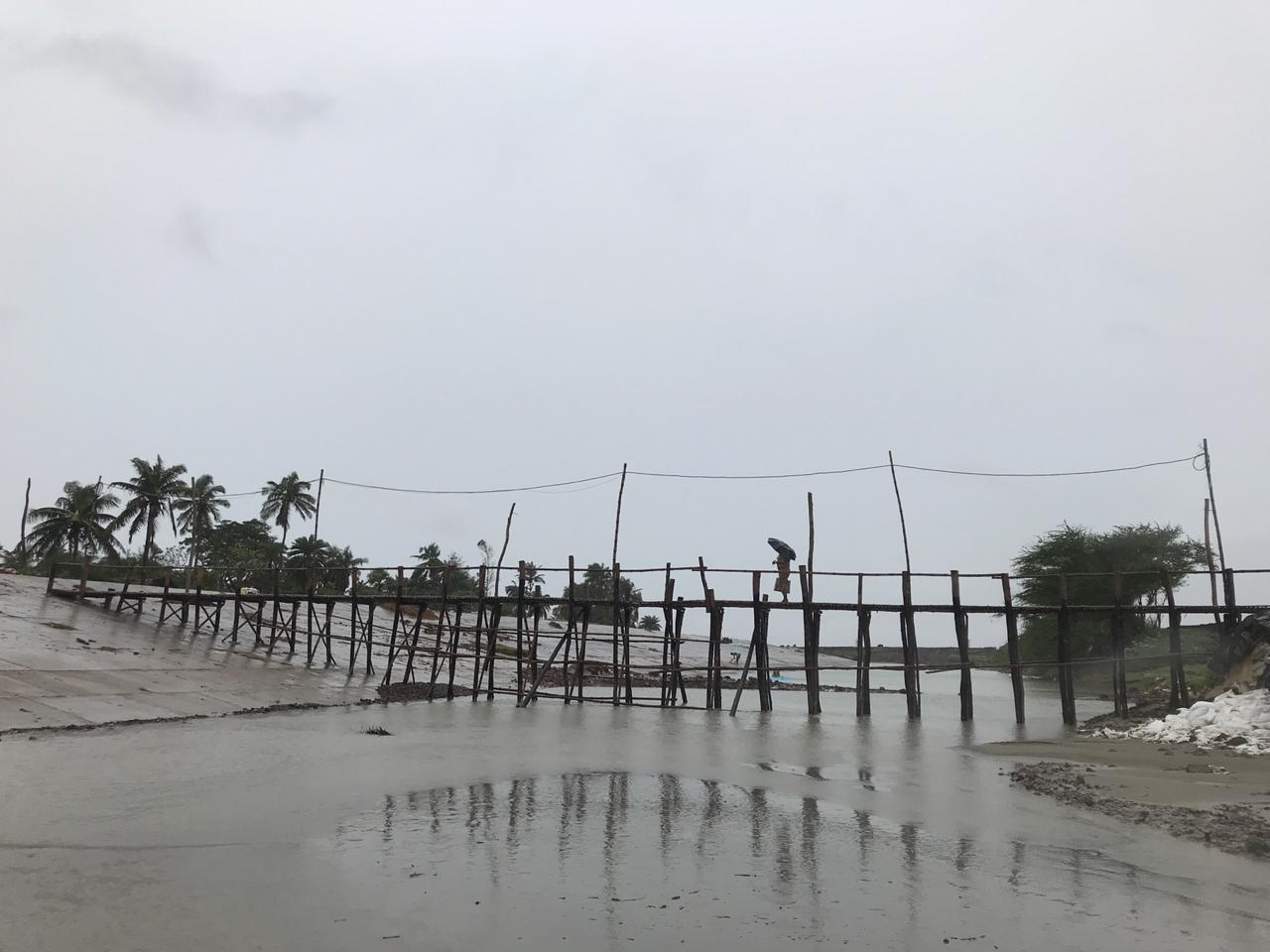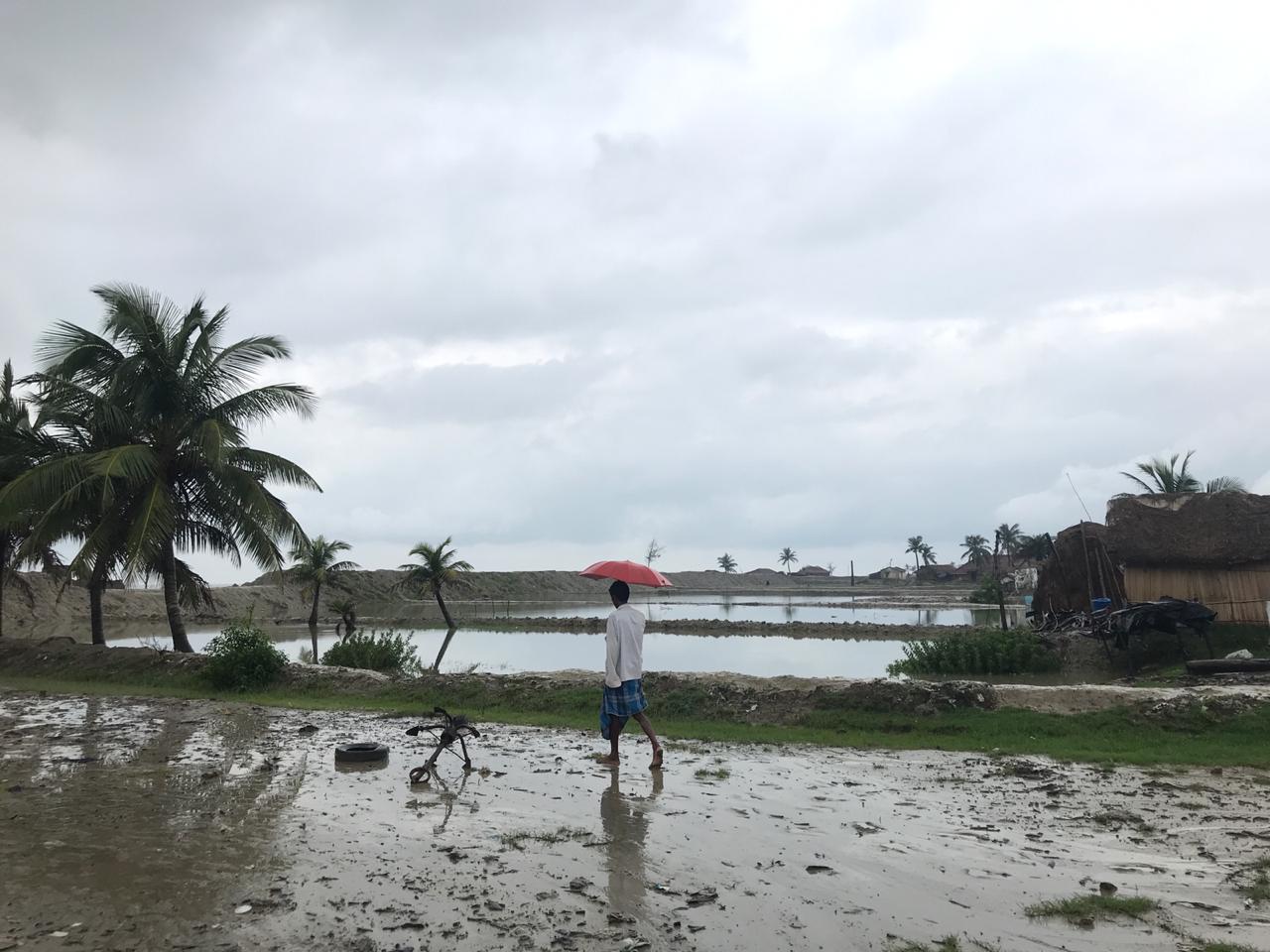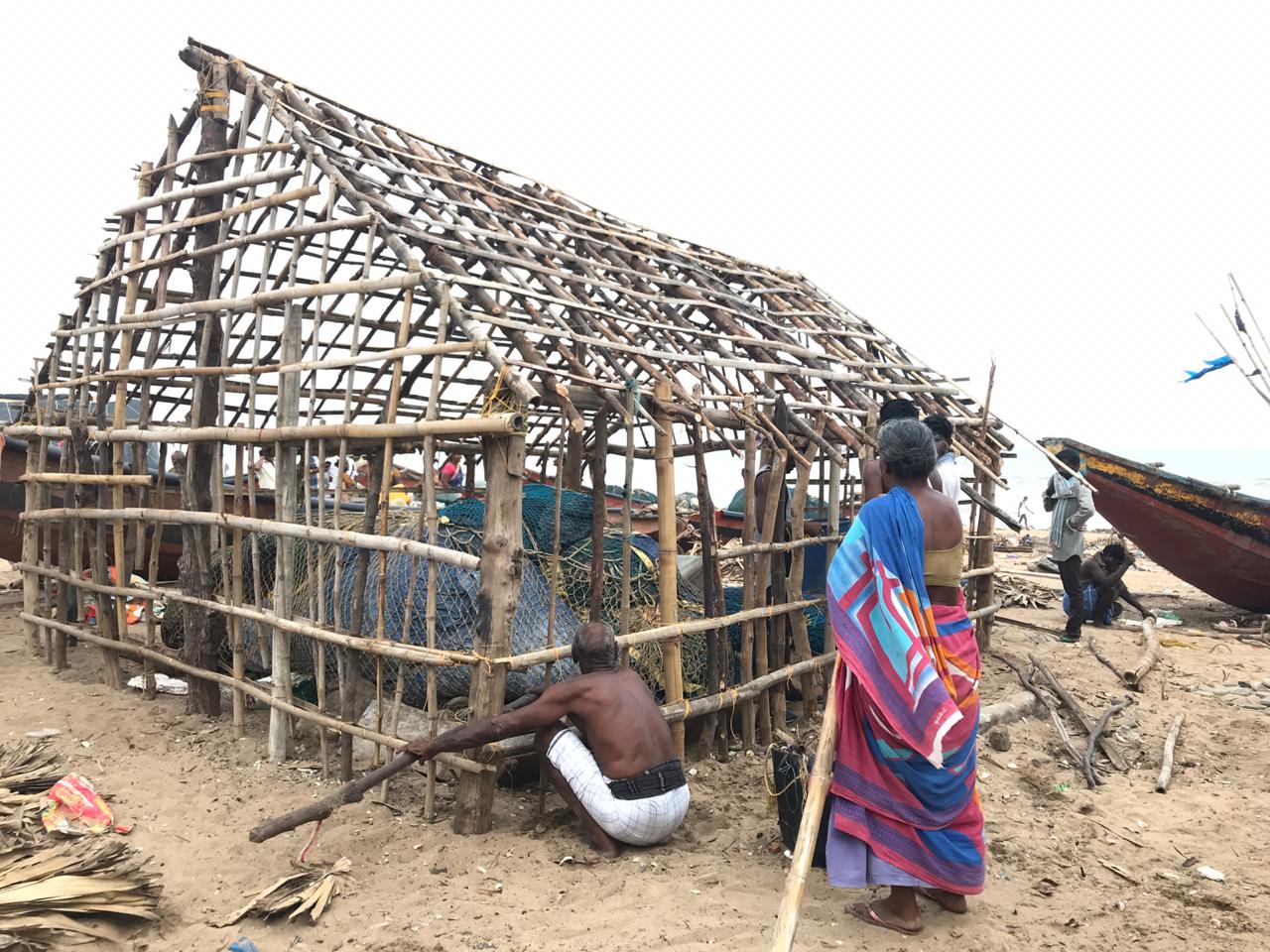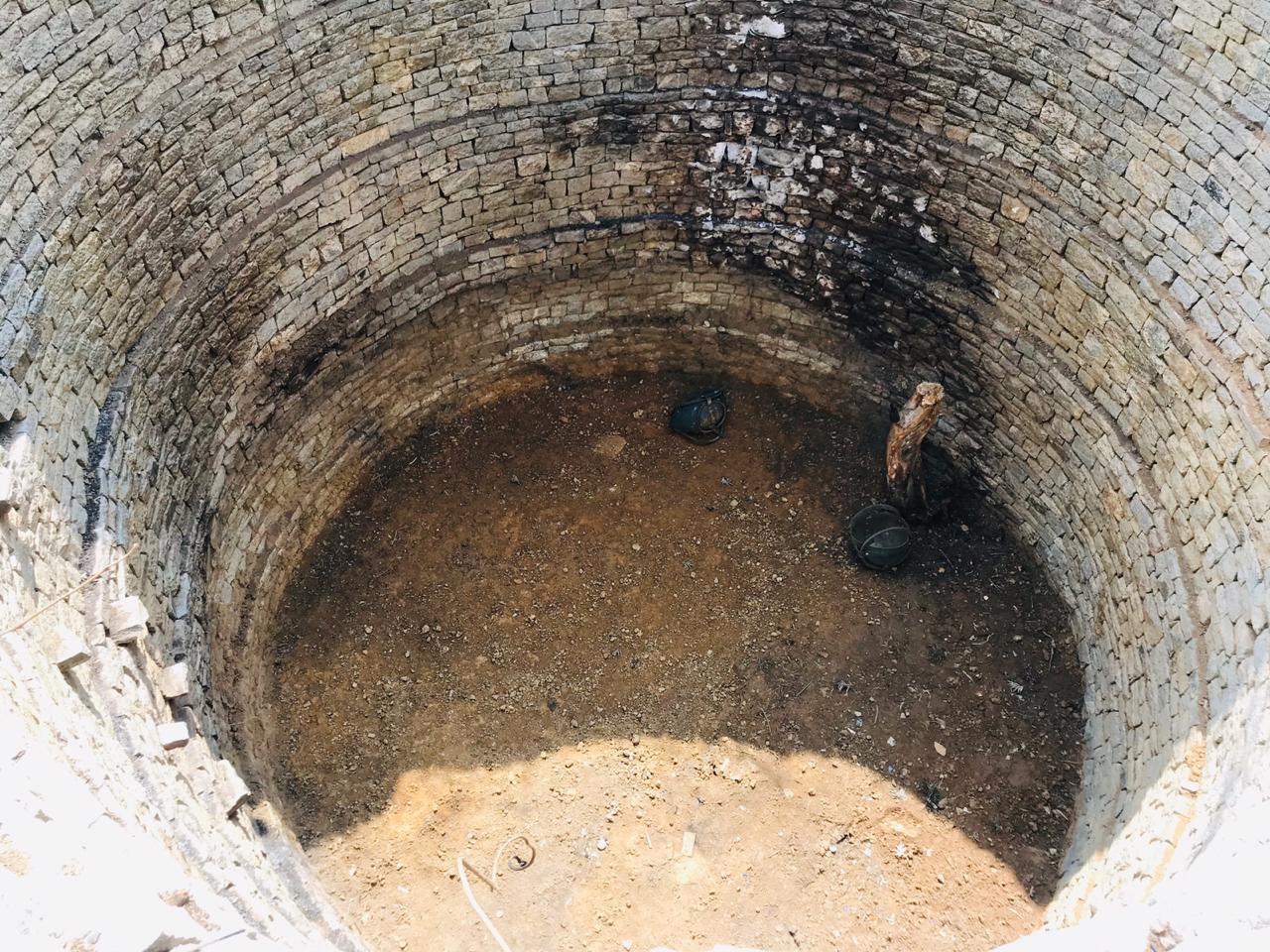PM Modi launches an auction process for commercial mining of 41 coal blocks. India’s first climate change assessment report projects a temperature rise of 2.7°C by 2040 and 4.4°C by 2099
Mining and combustion of coal, a fossil fuel, is linked to both environmental pollution and climate change. India’s first climate change assessment report warns of an average temperature increase of 4.4°C by the end of the century, along with an increase in heatwaves, droughts, and intense cyclones


This week two important developments have taken place in the country. On June 18, Prime Minister Narendra Modi launched the auction of 41 blocks of coal for commercial mining in the country. The very next day, on June 19, India’s first climate change assessment report — ‘Assessment of Climate Change over the Indian Region’ — prepared by the Union Ministry of Earth Sciences, is being formally released. Both these events seem ironic.
The assessment report notes the average temperature in the country has risen by around 0.7°C during 1901-2018 and is projected to rise by approximately 4.4°C by the end of the century. This means an increase in the intensity and frequency of extreme weather events. The rise in temperature is induced due to greenhouse gas emissions.
And combustion of coal is a major contributor to such emissions. Coal, throughout its life-cycle of mining to transportation to fuelling thermal power plants and disposal as fly-ash, is linked with ecological degradation, carbon emissions and climate change. However, while launching the auction process, Modi called it a “big step” and a “win-win situation for every stakeholder. The market for coal is now open. It will help all sectors.”
The commercial mining of these coal blocks is expected to generate approximately Rs 33,000 crore of capital investment in the country over the next five to seven years. These blocks, spread across Odisha (9), Jharkhand (9), Madhya Pradesh (11), Maharashtra (3) and Chhattisgarh (9), are expected to provide employment to 2.8 lakh people and contribute Rs 20,000 crore revenue annually to the state governments.

Meanwhile, the Ministry of Earth Sciences’ recent report, the first such report for the Indian region, raises concerns over anthropogenic contribution towards global warming and climate change, which is already manifesting in terms of an increase in extreme weather events.
“If the current GHG [greenhouse gase] emission rates are sustained, the global average temperature is likely to rise by nearly 5°C, and possibly more, by the end of the twenty-first century. Even if all the commitments (called the “Nationally Determined Contributions”) made under the 2015 Paris Agreement are met, it is projected that global warming will exceed 3°C by the end of the century,” reads the ministry’s report.
It must be noted that India has ratified the Paris Agreement on climate change and has pledged a 33-35 per cent reduction in emissions intensity by 2030, compared to 2005 levels. It also plans for 40 per cent of installed electric capacity to be renewable or nuclear by 2030.
Such large changes in temperature are expected to greatly accelerate other changes already underway in the climate system, such as the changing patterns of rainfall and increasing temperature extremes.
“Knowing fully well how the long-term impacts are looking, and continuing to act in cognitive dissonance, by expanding more coal projects, loosening of environmental norms, and opening up pristine natural ecosystems to commercial activity shows that all sides of the government decision-making system don’t have the same view of the solutions,” said Aarti Khosla, the director of Climate Trends, New Delhi.

4.4°C temperature rise by 2099 in India
As per India’s first climate change assessment report, the average temperature in the country has risen by around 0.7°C during 1901-2018. This rise in temperature is largely on account of GHG-induced warming, partially offset by forcing due to anthropogenic aerosols and changes in land use and land cover.
The report goes on to project that by the end of the twenty-first century (2070-2099), average temperature over India is projected to rise by approximately 4.4°C relative to the recent past (1976-2005 average).
Both the temperatures of the warmest day and the coldest night are on the rise in the country. Between 1986 and 2015, temperatures of the warmest day and the coldest night of the year have risen by about 0.63°C and 0.4°C, respectively. Further, by the end of the twenty-first century, these temperatures are projected to rise by approximately 4.7°C and 5.5°C, respectively, relative to the corresponding temperatures in the recent past (1976-2005 average).

“With an observed change of 0.7°C in average temperatures over India, we already see a spike in extreme weather events over the region. Rainfall patterns have changed, with longer dry spells intermittent with heavy rainfall events. The frequency of very severe cyclones has increased over the Arabian Sea,” said Roxy Mathew Koll, a scientist with Pune-based Indian Institute of Tropical Meteorology, and lead author, IPCC Oceans and Cryosphere.
“Now, with the temperatures projected to rise by 2.7°C by 2040 and 4.4°C by the end of the century, we should be ready to face a further increase in the intensity, frequency and extent of these extreme weather events. Importantly, the chances of these extremes overlapping are large, multiplying the threat,” he added.
The assessment report also warns of an increased frequency of heatwaves in the country. “The frequency of summer (April– June) heat waves over India is projected to be 3-4 times higher by the end of the twenty-first century… The average duration of heatwave events is also projected to approximately double… In response to the combined rise in surface temperature and humidity, amplification of heat stress is expected across India, particularly over the Indo-Gangetic and Indus river basins.”

The Hindu Kush Himalayan region is under a serious threat. It has experienced a temperature rise of about 1.3°C during 1951-2014. Several of its areas have experienced a declining trend in snowfall and also retreat of glaciers in recent decades. By the end of the twenty-first century, the annual mean surface temperature over the Hindu Kush Himalayas is projected to increase by about 5.2°C. There are projections of an increase in annual precipitation, but a decline in snowfall in the region.
“The impacts of climate change will be difficult to manage… Changes in the Hindu Kush Himalayan mountains, glaciers and snow will have a significant impact on water systems, already scarce in South Asia,” said David Molden, director-general of the International Centre for Integrated Mountain Development, Kathmandu.
Changing rainfall pattern and increasing droughts
Rising temperature and the changing climate has an impact on the rainfall patterns. Between 1951 and 2015, the summer monsoon precipitation (June to September) over India has declined by around 6 per cent, with a notable decrease over the Indo-Gangetic Plains and the Western Ghats.
There has also been a shift in the recent period toward more frequent dry spells (27 per cent higher during 1981-2011 relative to 1951-1980) and more intense wet spells during the summer monsoon season. Over Central India, the frequency of daily precipitation extremes with rainfall intensities exceeding 150 mm per day has increased by about 75 per cent during 1950-2015.
The recent report of the earth sciences ministry has predicted an increased variability of monsoon precipitation by the end of the century along with “substantial increases in daily precipitation extremes”.
Rainfall variability often translates into droughts or floods in the country. “The overall decrease of seasonal summer monsoon rainfall during the last 6-7 decades has led to an increased propensity for droughts over India. Both the frequency and spatial extent of droughts have increased significantly during 1951-2016,” reads the assessment report.
Areas over Central India, southwest coast, south peninsula and north-eastern region have experienced more than two droughts per decade, and the area affected by drought has also increased by 1.3 per cent per decade over the same period (1951-2016).
The climate change assessment report has projected a high likelihood of an increase in the frequency (>2 events per decade), intensity and area under drought conditions in India by the end of the twenty-first century.

A rise in the sea-level and intense storms
In response to global warming, sea levels have risen globally because of the continental ice melt and thermal expansion of ocean water. During 1874-2004, sea-level rise in the North Indian Ocean occurred at a rate of 1.06-1.75 mm per year, but accelerated to 3.3 mm per year in the last two and a half decades (1993-2017).
The recent report warns that by the end of the twenty-first century, steric sea-level (changes arising from ocean thermal expansion and salinity variations) in the North Indian Ocean is projected to rise by approximately 300 mm relative to the average over 1986-2005.
Rising sea level is a threat to the long coastline of India. Nearly 250 million people live within 50 km of the country’s coastline. More than seven million coastal families of fishers and farmers are threatened due to climate-change-induced sea-level rise. Between 1990 and 2016, the country has already lost 235 square kilometre of its coastal area.
Interestingly, the recent climate change assessment report notes a “significant reduction in the annual frequency of tropical cyclones over the NIO [North Indian Ocean] basin since the middle of the twentieth century (1951– 2018). In contrast, the frequency of very severe cyclonic storms (VSCSs) during the post-monsoon season has increased significantly (+1 event per decade) during the last two decades (2000– 2018).”
Climate models project a rise in the intensity of tropical cyclones in the North Indian Ocean basin during the twenty-first century.
“The report makes clear climate change is not an abstract idea; its effects are with us already in India, and are expected to accelerate,” said Navroz K Dubash, professor at the Centre for Policy Research, and IPCC Chapter Lead Author.
In such a scenario, is the mining of coal and its combustion a “win-win situation”?

